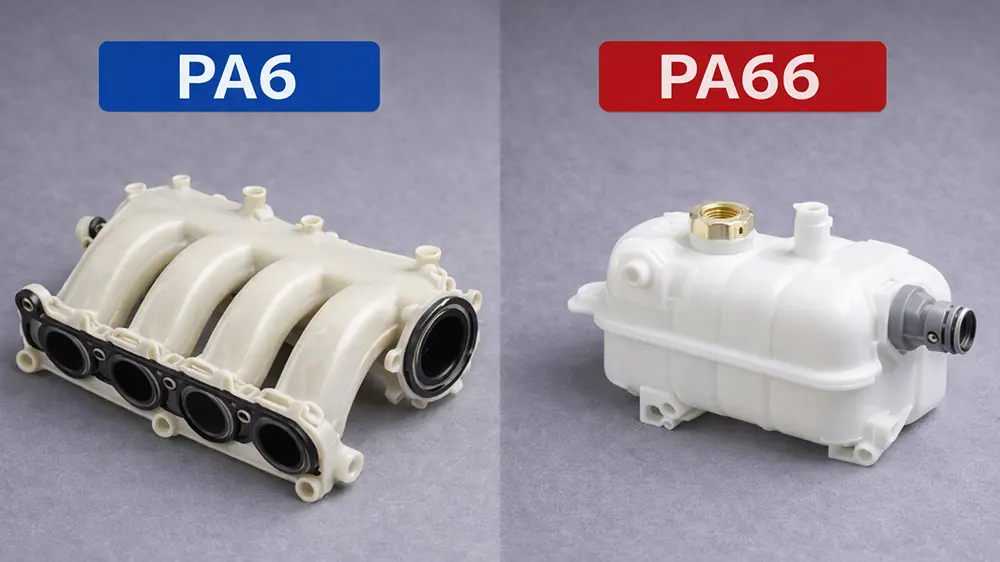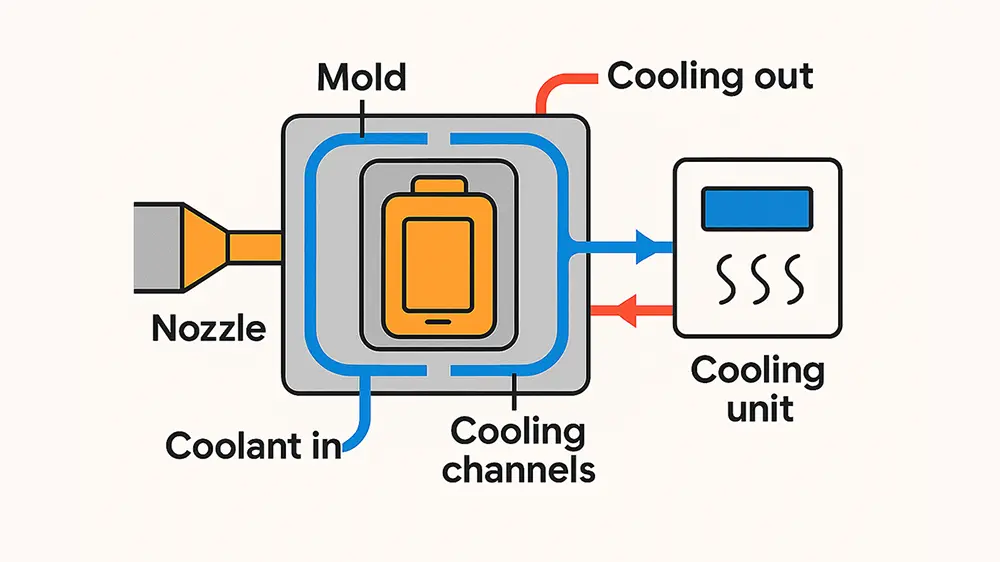In the entire product life cycle from design, use, reuse to final disposal, it is of vital importance to seek thermoplastic materials suitable for the field of medical devices. However, it is equally important to confirm the best molding process for each part or assembly after considering various factors such as design parameters, material characteristics, and equipment capabilities. Each plastic processing technology has advantages and disadvantages, and the optimized technological process will help promote the success of medical device products in the market.
The standard injection molding process
Because the traditional processing method injection molding process is extremely versatile and can provide high dimensional accuracy and high output rate, it is still very popular in the medical device manufacturing industry. This process can be used to produce a variety of products, including surgical instruments such as staplers and trocars, and large diagnostic equipment housings.
Advantages of injection molding in the medical field
- Improve patient cure rate
For drug delivery devices such as injection pens and auto-injectors with movable precision parts, the injection molding process can provide the high precision required for accurate drug dosages, thereby ensuring good treatment results.
- lower the cost
By integrating parts and eliminating secondary operation steps, product design created by the injection molding process can help reduce the use cost of components required for fixed equipment such as chassis and skeleton.
- Improve usability
The thin-wall injection molding process helps reduce the weight of portable medical devices and provides convenience for medical staff and patients to transport and operate the devices.
Factors to consider in injection molding
- System cost
The first need to consider the system cost when adopting the injection molding process. Although the cost of early injection molding molds is relatively high, the economic advantages such as extremely high production molding efficiency, long mold life, and high-volume production also offset the adverse effects of excessive mold costs to a certain extent.
- Design freedom
Another factor is design freedom. Device designers can choose from a variety of resins and resin composite materials suitable for injection molding processes. Such materials include PC, PC, ABS, and modified polyphenylene ether suitable for foam molding. It can be used repeatedly under severe conditions such as autoclaving and sterilization to provide special composite materials with inherent lubricity or high modulus, thus providing designers with more choices.
- Processing temperature, pressure, and resin moisture content, etc.
- Design specifications and equipment capabilities
Specific analysis and testing are required to ensure the consistency between the parts in the multi-cavity mold, control the warpage of thin-walled products and expand the flow area, while achieving the complex performance characteristics required by the parts.
The special injection molding process
- The Gas-assisted injection molding process
- The rapid hot and cold forming process
- Two-shot molding process (two-shot injection molding)
- Incremental Manufacturing Technology





